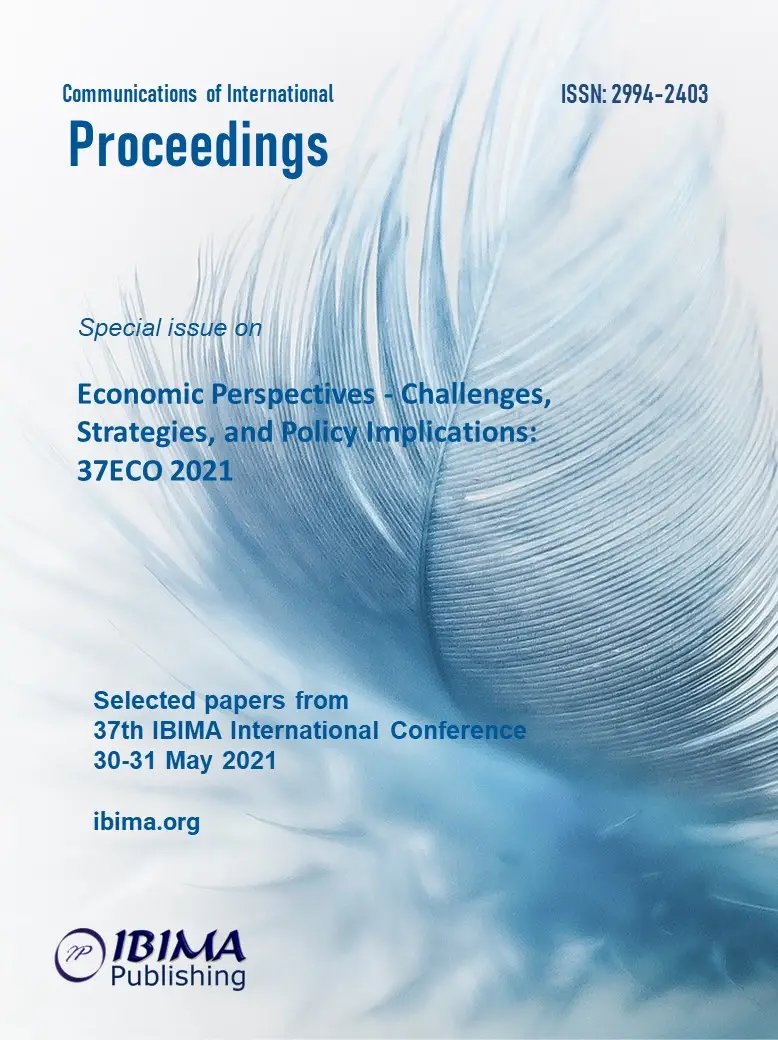
1Yuri KHARAZISHVILI, 2Aleksy KWILINSKI, 3Henryk DZWIGOL, 1Viacheslav LIASHENKO and 3Zygmunt LUKASZCZYK
1lnstitute of lndustrial Economics of National academy of sciences of Ukraine, Ukraine
2The London Academy of Science and Business, United Kingdom
3Silesian University of Technology, Poland

The research analyses the approaches to scientific elaboration and formation of the Strategy of Ukraine and Poland integration into the scientific-educational and innovative spaces of the EU and determines the absence of a systematic approach. There are formulated the comments on the main tool for measuring the innovative development of the European Union – the European Innovation Scoreboard (EIS), which relate both to the list of evaluation indicators and to methodology. There is proposed a systematic assessment of the level of scientific-educational and innovation spaces of European integration of Ukraine and Poland, which consists of two subsystems: “education” and “science and innovation“, for which an agreed list of indicators has been developed. A total of 14 indicators are presented, 7 in each subsystem, including the pace of scientific and technological progress as the most important resulting indicator of qualitative changes in the economy. For all indicators there are scientifically substantiated the limits of safe existence – vectors of threshold values at different levels through the construction of probability density functions, calculation of statistical characteristics, determination of affiliation to the type of distribution (normal, lognormal, exponential) and formalized calculation by “t-criterion” method. To quantify the level of security of scientific, educational and innovative spaces of European integration of Ukraine and Poland, a modern universal identification methodology is used, which provides a multiplicative form of the integrated index, a combined method of rate setting and dynamic weight coefficients. Based on the proposed methodology, there is developed a multifactor hierarchical mathematical model for identifying the level of scientific, educational and innovative spaces of European integration of Ukraine and Poland, and modelling was performed, which determined the current state of Ukraine as critical and that of Poland as crisis. Out of 14 indicators of scientific-educational and innovation space, 12 indicators pose a critical threat to Ukraine and 8 indicators to Poland. Simultaneous hierarchical convolution of indicators and their threshold values makes it possible to compare integrated indices with integrated thresholds and scientifically substantiate the gradations of integrated indices as a critical, crisis and optimal state, as well as to identify strategic scenarios for medium-term development.